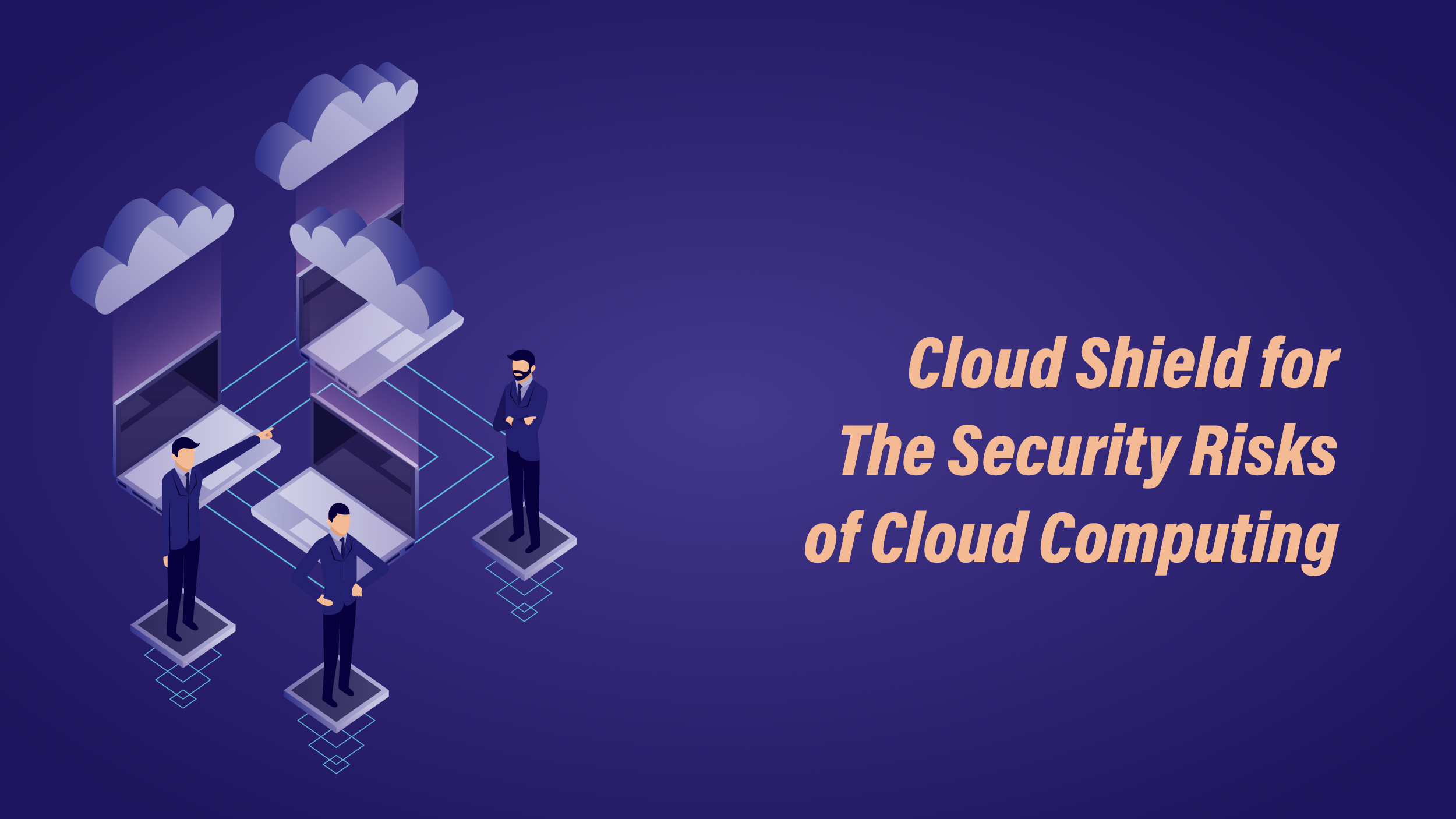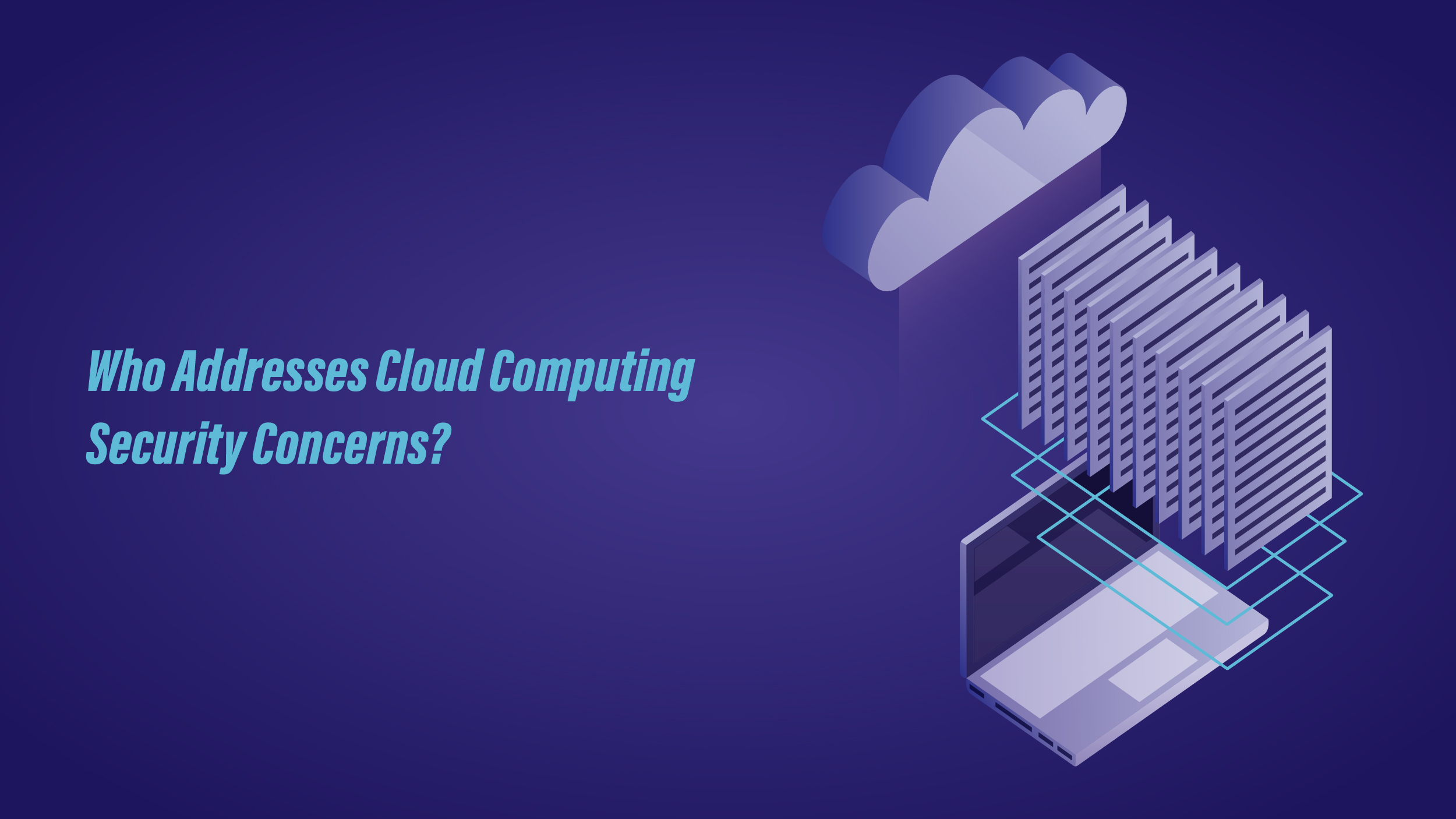Cloud computing security refers to the set of policies, controls, procedures, and technologies implemented to protect cloud-based systems, data, and infrastructure from cyber threats and attacks. As businesses increasingly adopt cloud services, ensuring robust cloud security has become crucial. Let’s delve in and learn everything about cloud computing security.
What is Cloud Computing Security?
Cloud computing security refers to the measures and processes implemented to secure an organization’s cloud-based infrastructure against cyber attacks, data theft, and other threats. As businesses increasingly rely on cloud services and deploy applications to the cloud, ensuring cloud computing security has become a growing concern. Traditional network security techniques may not effectively address the unique security challenges introduced by cloud services.
Ultimately, cloud computing provides organizations with access to the latest technology and innovation. This helps organizations stay ahead of the curve and remain competitive in their respective industries.
Imperative Role of Cloud Computing Security
Recent statistics reveal that 45% of breaches occur in cloud-based environments. A survey conducted indicates that a staggering 80% of companies encountered at least one cloud security incident within the past year. Alarmingly, 27% of organizations reported experiencing a public cloud security incident, marking a 10% increase from the previous year.
Everyone has had to reconsider cyber security in light of the advent of cloud technologies. Your data and apps might be available from both local and remote systems at any time. If you use Salesforce software to manage your clients or Google Docs on your smartphone, the data could be stored anywhere. As a result, protecting it becomes more challenging than when all that needed to be done was prevent unauthorized people from connecting to your network. The need for cloud security has increased for mainly two reasons, however, it does necessitate certain adjustments to prior IT practices.
Prioritizing Convenience Over Security
The use of cloud computing in both the workplace and at home is rapidly expanding. Innovation has paved the way for new technology to be implemented more quickly than industry security regulations can keep up, placing more pressure on users and providers to take accessibility risks into account.
On a 24/7 web-based connection, every component—from basic infrastructure to small data such as emails and documents—can now be located and accessed remotely. It might be highly dangerous for all this data to be gathered on the servers of a few big service providers. Threat actors can now target sizable data centers with several organizations and create massive data breaches.
Cloud Shield For The Security Risks of Cloud Computing
 As organizations continue to adopt cloud computing solutions to store their data and run their applications, security concerns remain a top priority. The cloud offers many benefits, including increased efficiency and reduced costs, but it also presents new security challenges that must be addressed. Typical risks to cloud computing security include:
As organizations continue to adopt cloud computing solutions to store their data and run their applications, security concerns remain a top priority. The cloud offers many benefits, including increased efficiency and reduced costs, but it also presents new security challenges that must be addressed. Typical risks to cloud computing security include:
- Risks associated with cloud-based infrastructure include incompatibility with traditional IT frameworks and interruptions in third-party data storage services.
- Internal risks brought on by human error, including incorrectly configuring user access controls.
- Malicious actors, such as those behind the malware, phishing, and DDoS attacks, are solely responsible for external threats.
The absence of a perimeter in the cloud is its biggest concern. The perimeter was the emphasis of traditional cyber security, however, cloud systems are extensively networked, making account theft and unsecured APIs (Application Programming Interfaces) major concerns. Cyber security experts must adopt a data-centric strategy in light of the security risks associated with cloud computing.
Network interconnectedness also causes issues. Networks are frequently accessed by malicious actors using weak or compromised credentials. After successfully landing, a hacker can quickly spread out and leverage poorly secured cloud interfaces to seek data on various databases or nodes. They are even permitted to export and store any stolen data on their own cloud servers. Cloud security must go beyond merely securing access to cloud data.
Your data is stored by a third party and being accessed online each carries its own risks. Your access to the data can be lost if the services are stopped for any reason. For example, a phone network failure can prevent you from using the cloud at a crucial moment. On the other hand, a power outage could have an impact on the data center where your data is kept, potentially resulting in permanent data loss.
These interruptions can have long-term effects. Some customers experienced data loss as a result of servers having hardware damage due to a recent power outage at an Amazon cloud data center. This serves as a good illustration of the importance of having at least some of your data and applications backed up locally.
Who Addresses Cloud Computing Security Concerns?
 To help shield end users from the sale and sharing of their sensitive data, legislation has been put in place. Both the General Data Protection Regulation (GDPR) and the Health Insurance Portability and Accountability Act (HIPAA) perform certain privacy-protecting tasks by placing restrictions on how data can be accessed and kept.
To help shield end users from the sale and sharing of their sensitive data, legislation has been put in place. Both the General Data Protection Regulation (GDPR) and the Health Insurance Portability and Accountability Act (HIPAA) perform certain privacy-protecting tasks by placing restrictions on how data can be accessed and kept.
To comply with GDPR, identifying aspects of user data have been separated using identity management techniques such as data masking. Healthcare facilities and other organizations must ensure that their provider limits access to data in accordance with HIPAA regulations.
The CLOUD Act provides cloud service companies with their own set of legal restrictions to follow, possibly at the cost of customer privacy. Federal law in the U.S. now allows law enforcement agencies to obtain data from cloud provider servers. While doing so can make investigations more efficient, it might also violate certain people’s right to privacy and lead to potential power abuse.
Wrapping Up
Cloud computing security is of paramount importance as organizations increasingly rely on cloud services. It involves implementing policies, controls, and technologies to protect cloud-based systems, data, and infrastructure from cyber threats. Cloud security measures include access control, encryption, firewalls, intrusion detection and prevention systems, data loss prevention, and vulnerability management. The responsibility for security is shared between the cloud service provider (CSP) and the customer. By ensuring robust cloud security, organizations can mitigate risks, safeguard their data, and maintain the trust of their customers. However, it is important to stay vigilant and adapt security measures to address emerging threats and vulnerabilities in the dynamic cloud computing environment.
































